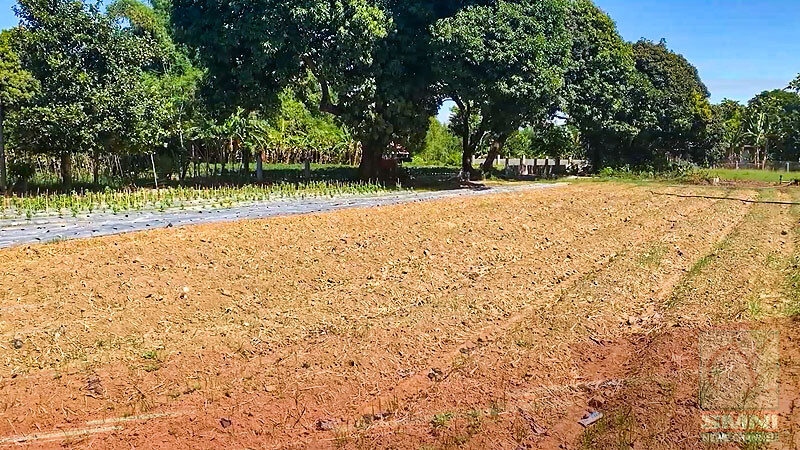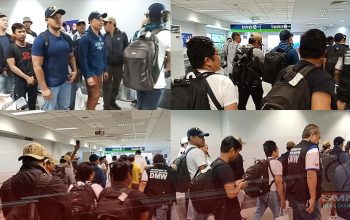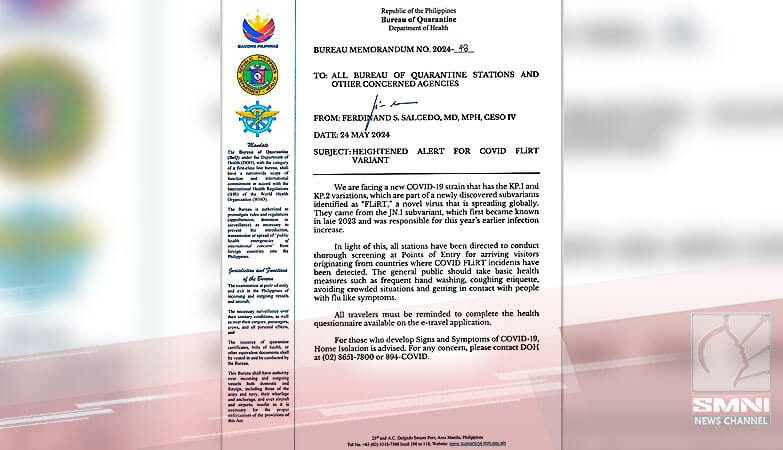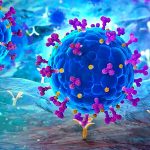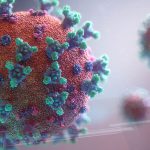AS May draws to a close, the El Niño climate pattern has yet to officially dissipate.
The government advises continued conservation of limited resources such as water, electricity, and food.
The impact of El Niño remains significant across various sectors, particularly agriculture.
Speaking at a public briefing on Thursday, Presidential Communications Office Assistant Secretary Joey Villarama, spokesperson for Task Force El Niño, stated that agricultural losses amount to 9.5 billion pesos, based on the latest report from the National Disaster Risk Reduction and Management Council.
Currently, 163,000 hectares of agricultural land have been affected.
‘’The damage is indeed alarming, amounting to 9.5 billion pesos, affecting 163,000 hectares. Aside from presidential assistance to farmers, fisherfolk, and their families, various agencies have also provided ten billion pesos in aid,’’ Asec. Joey Villarama said.
Government agencies continue to respond to the needs of those severely affected by the El Niño phenomenon, including the Department of Agriculture, Department of Social Welfare and Development, and Department of Labor and Employment.
Moreover, Task Force El Niño reported that 374 cities and municipalities are now under a state of calamity due to the effects of El Niño.
According to Villarama, this includes the entire Bangsamoro Autonomous Region in Muslim Mindanao (BARMM) and eleven other provinces that have declared a state of calamity.
The government anticipates a decrease in these numbers as recent weeks have seen rainfall.
Apart from easing the extreme heat, this also gives way for the government to prepare for the upcoming rainy season and La Niña.
‘’This will alleviate not only the intensity of the current heatwave but also allow us to begin rehabilitating our agricultural lands and prepare for the forthcoming rainy season and La Niña,’’ Villarama added.
With the rainy season approaching, the Department of Health (DOH) shared about the diseases that may become prevalent during the transition from El Niño to La Niña.
DOH Spokesperson Assistant Secretary Albert Domingo warns the public to be cautious and avoid what’s called as “WILD” or the Water and food-borne diseases; Influenza-like illnesses; Leptospirosis; and Dengue.
‘’So, what’s the preventive measure? If we’re unsure about the water we’re drinking, there’s no harm in boiling it for two minutes – once the water starts boiling, let it boil for two minutes, then let it cool down before drinking,’’ Asec. Albert Domingo Spokesperson, DOH said.
Among the so-called influenza-like illnesses are coughs and colds that may be due to the change in weather.
While for leptospirosis, Domingo explained that this is caused by spirochetes. These are germs from rat urine that get caught in floods and mud.
‘’Let’s try not to go down in the flood if we can, but if we can’t avoid it for whatever reason, after we go down in the flood, we should immediately clean, wash and dry our bodies – let’s take a shower,’’ he added.
And regarding dengue, ensure no water is stagnant around your area and utilize self-protection measures such as wearing long sleeves and applying mosquito repellent lotions.

